India would touch a renewable power generation capacity of 510 GW by 2030, including 450 GW from variable renewables like wind and solar and 60 GW from hydropower. With this, the country will have around 60% of its electricity generation capacity from renewable energy sources—according to power minister R.K. Singh.
The minister was addressing a webinar organized by sustainability thinktank The Energy and Resources Institute (TERI).
To enable this transformation of the energy sector, “We aim to make our thermal capacity flexible, almost 55% in the first stage and gradually extend it to the entire capacity,” said the minister.
“All our demand growth will be met by renewable energy. We are balancing the grid through hydropower. We are looking at growing capacity from floating solar. There have been innovative bids for meeting peak demand, round the clock electricity, and storage, all of which will bring prices down,” he added.
During the webinar, the minister launched a TERI report, titled ‘Renewable Power Pathways: Modelling the Integration of Wind and Solar in India by 2030’. The report identifies some strategies required to accommodate the growth of variable renewables and allow for the achievement of India’s mid-term renewables targets.
TERI recommendations
According to the report, India can integrate more than 30% of wind and solar power in its power system by 2030, while still maintaining security of supply without raising the total economic costs of its electricity system.
The report suggests this can be achieved if a comprehensive portfolio of options is deployed to increase the power system’s flexibility.
First, the existing sources of supply, particularly the large coal and hydro fleets, need to be operated with maximum possible flexibility. While respecting daily flow rates for downstream ecological and agricultural purposes, hydro energy will need to be reserved for meeting daily morning and evening peaks, and the dispatch of hydro optimized at the regional and national level. The coal fleet will need to ensure that it can meet the 55% technical minimum, including for state-owned plants.
Secondly, battery storage would help to reduce solar curtailment and ease the need for aggressive daily cycling up and down of the coal fleet. By 2030, battery storage to the order of 120 GWh could be required.
Thirdly, India’s integrated power grid will need to be deployed to maximize the transfer of power across the country to balance surplus and deficit renewable energy generation at different times and locations in the grid.
This content is protected by copyright and may not be reused. If you want to cooperate with us and would like to reuse some of our content, please contact: editors@pv-magazine.com.
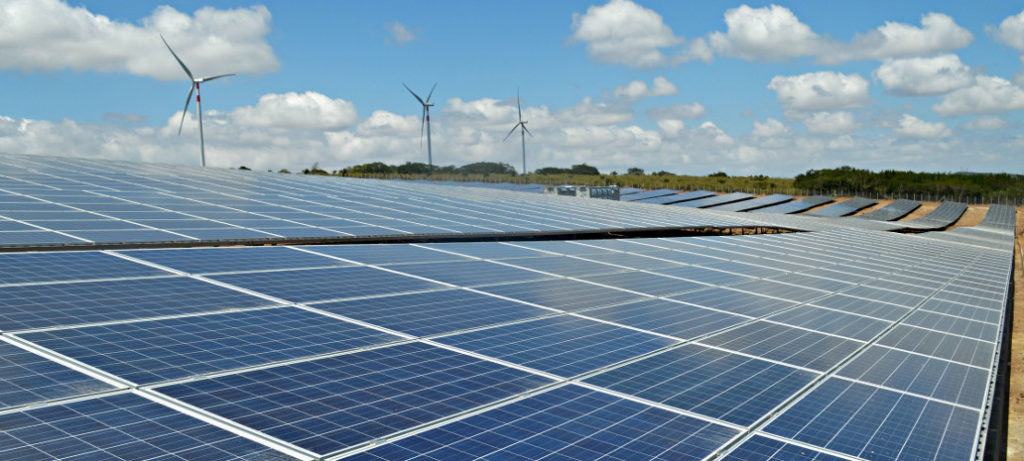
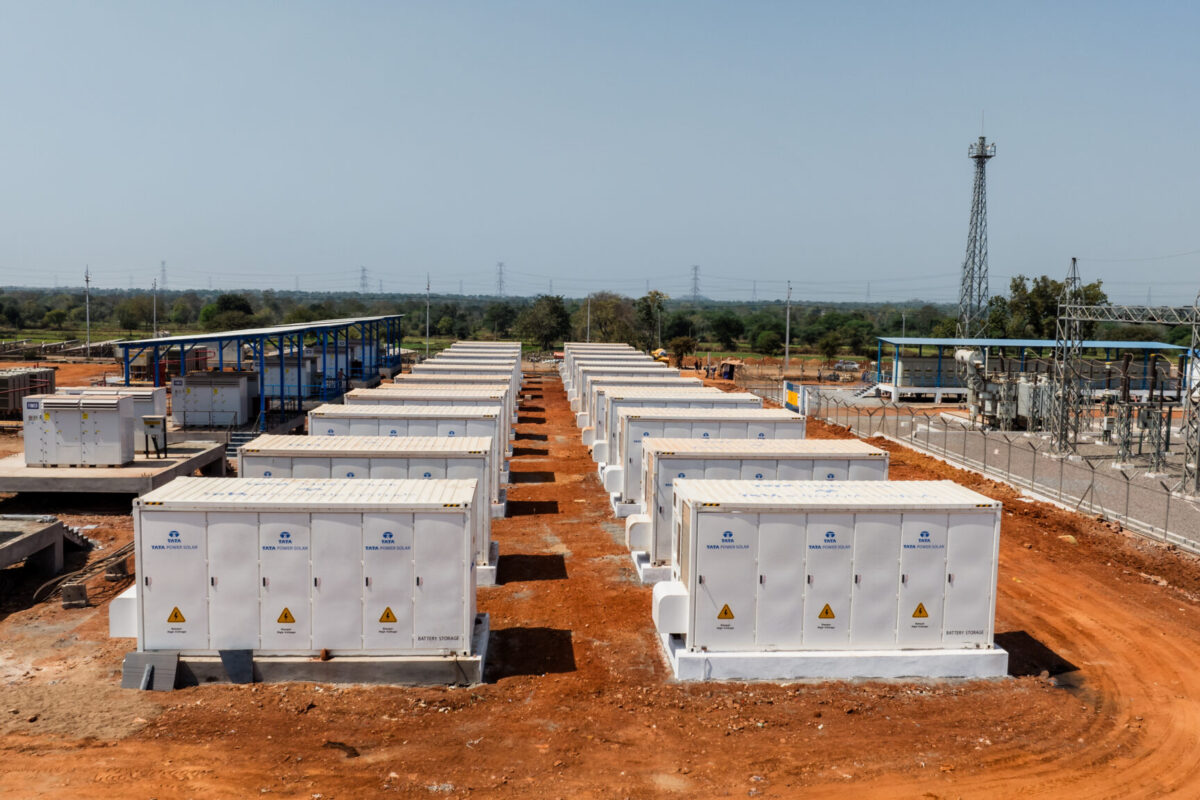



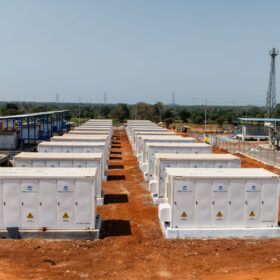
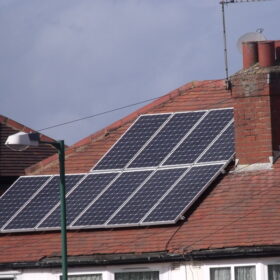

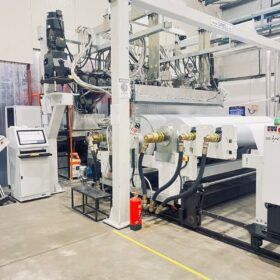
This is the holy truth that INDIA will be driven by solar in Energy field. I liked the article and got to know about solar energy field. Thank you.
It’s actually very complex in this busy life to listen news on TV, thus I just use world wide web for that reason, and take the most recent information.